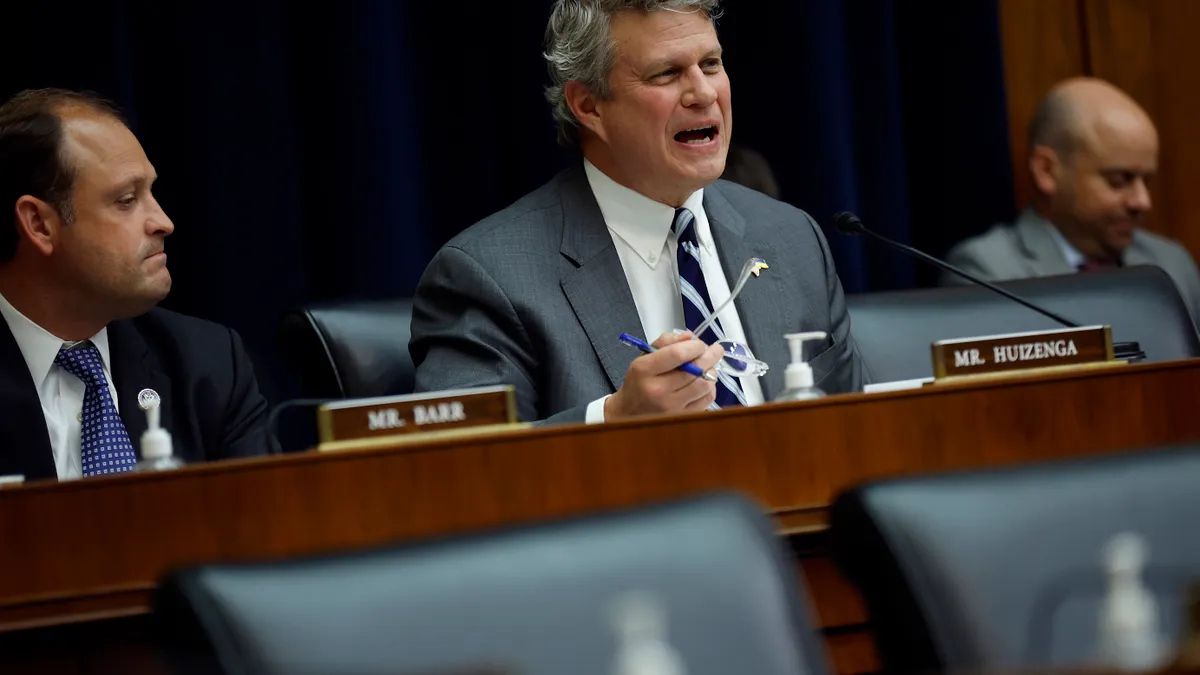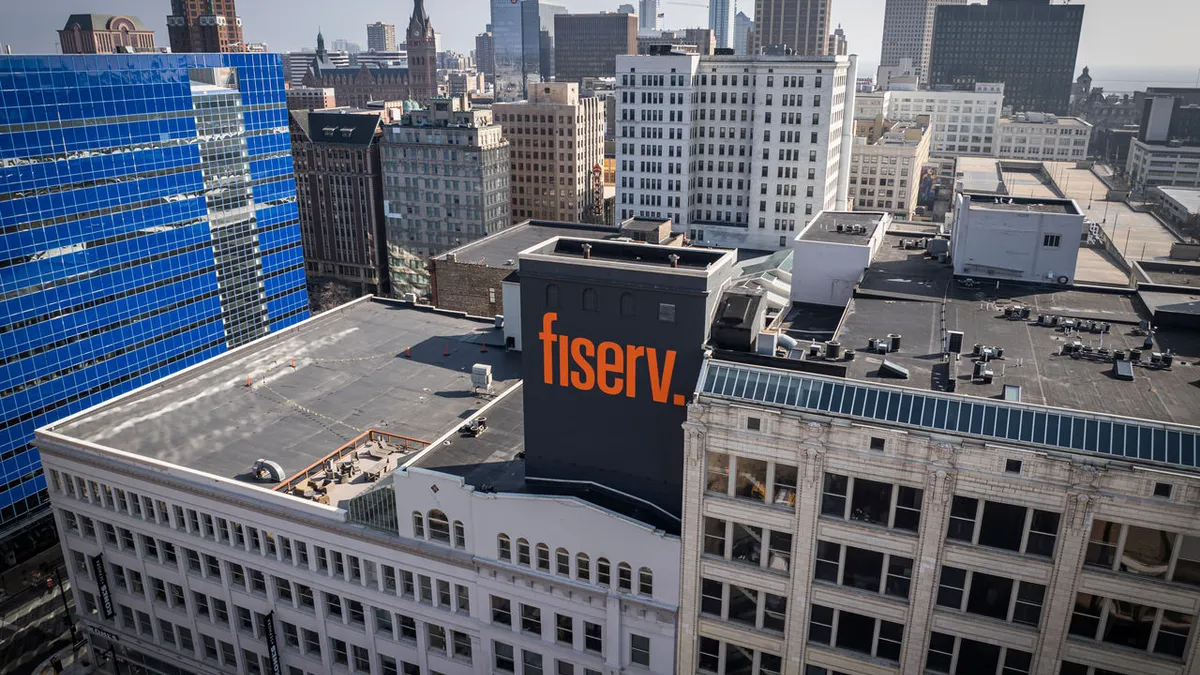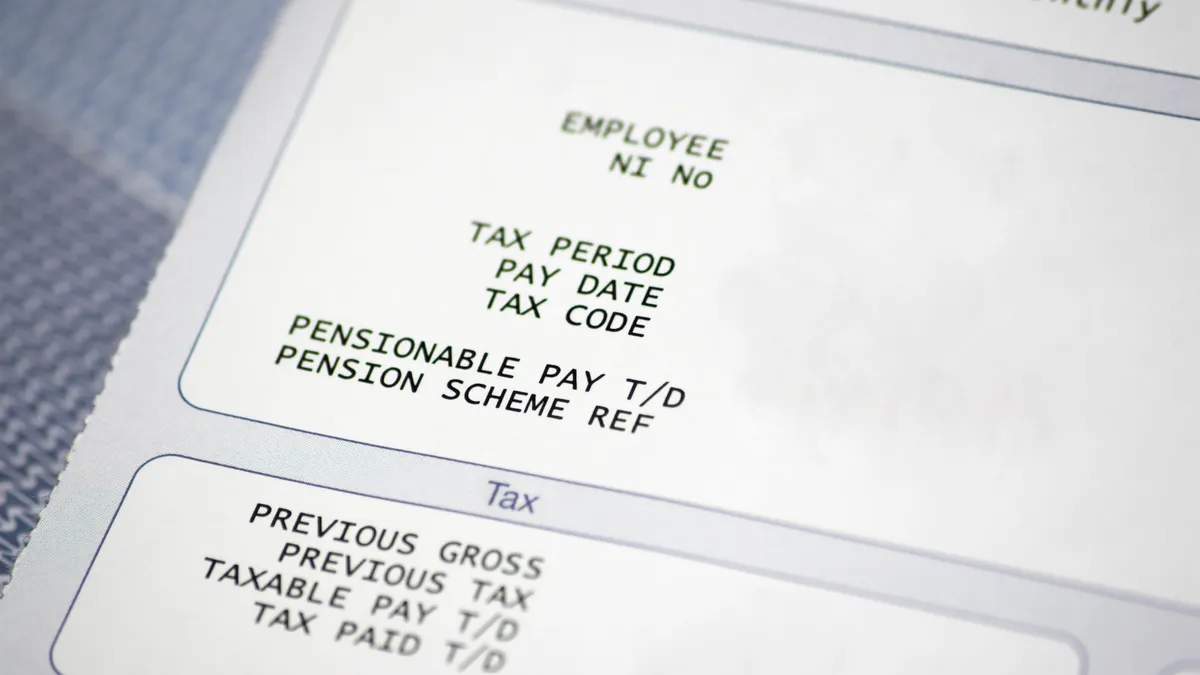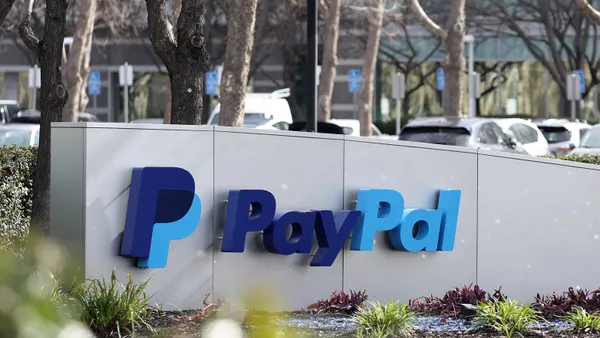Bridge Community Bank, the processor ACI Worldwide, Star One Credit Union and the fintech Temenos are among the companies that expect to be early adopters of the FedNow faster payments system when it goes live in July.
FedNow is expected to be the most significant upgrade to the U.S. payments system in decades, allowing consumers and businesses to make and settle payments in seconds via U.S. financial institutions that offer the service. Payments players are eager to offer the speedier settlement process to their customers, as the U.S. plays catch-up with other countries, such as China and Brazil, in offering real-time payments.
Asked why ACI is participating, that company’s head of real-time payments, Craig Ramsey, didn’t miss a beat in explaining the investment. “It’s the future,” he said in an interview this week. “The future of payments is digital. The future of moving money is faster. The future of payments is 24-7.”
Those are all attributes of the Federal Reserve’s new FedNow system. It will be a rival to the RTP real-time payments network created by the bank-owned The Clearing House in 2017. That private system hasn’t attracted users as quickly as might have been expected and the aim of FedNow is to rev up real-time use, but whether that will happen remains to be seen.
About two dozen companies are involved in the final stage of testing the system now and will also likely be part of a FedNow certification program, according to companies involved in the program. Also on that list are larger players, including JPMorgan Chase, the investment bank Goldman Sachs and the payments processor Fidelity National Information Services (FIS).
Federal Reserve officials have declined to specify which companies are expected to go through the certification program aimed at getting companies up to speed for the launch of the new real-time payments system. JPMorgan, Goldman and FIS didn’t immediately provide a comment. The central bank’s pilot program began last year and has been testing the system through messaging with some participants.
Next week, ACI will deliver its annual report card on real-time payment use worldwide, showing that the U.S. remains a laggard, depriving its economy of more efficient payments. That said, it will also predict that FedNow could help trigger a four-fold-plus increase in real-time payments volume by 2027, driving up transactions from about 2.5 billion to about 11.5 billion transactions over the next four years.
Bob Steen, the CEO at Bridge Community Bank in Iowa, is eager to get started by way of participating in FedNow’s certification program. His bank is teaming with processor Jack Henry & Associates and Open Payment Network to make it happen.
“We’re in the certification process right now,” Steen said, explaining that the program gives his bank a head start on rivals. He’s been keen on the real-time payments concept for years, and formerly served on the now-defunct Faster Payments Task Force.
Getting a competitive edge
While Bridge is a small bank, Steen likes being ahead of the curve when it comes to technology, noting that his institution was one of the first to move ahead with digital imaging of checks and with same-day ACH payments. “This is just a natural progression,” Steen said of FedNow.
The thousands of community banks, regional banks and credit unions nationwide have been wary of joining in the RTP real-time service offered by their larger rivals.
“We believe that if community banks are going to be relevant, they have to stay current in payments, they have to offer that,” Steen said, noting all of the upstart competition, such as merchant payments company Square, on-demand pay startup DailyPay and peer-to-peer payments fintech Venmo. “Our customers are doing things without us, and we’ve got to get that business back.”
Being part of the FedNow program definitely requires an investment in staffing and technology, but Steen expects it to pay off in the long run. “We’re operating on the proposition that faster has value,” he said. Even though his customers aren’t asking for the real-time option today, he knows they’ll want it when they see it.
Steen hasn’t figured out exactly how his bank will charge for the new service, but it will find a way to monetize it, he said. “The risk is that our competitors don’t charge anything,” he said.
One big positive that the system has going for it is the participation of the U.S. Treasury Department, Steen said. The department hasn’t necessarily joined in prior Fed innovations and it was troublesome, he said.
“I think they figured out they can’t be a laggard in this thing,” Steen said, noting the big volume the Treasury Department adds to the system. “It’s a real boost to the process.”
Creating a ‘superior’ system
Gary Rodrigues, CEO of Star One Credit Union in Santa Clara County, California, is similarly excited about being one of the companies taking part in beta testing for FedNow and the certification process, he said.
“At the beginning of the year we were able to establish connectivity,” Margarete Mucker, Star One’s executive vice president of operations, with respect to Star One’s work with FedNow. For now, it’s mainly the test transactions without any customers involved, amounting to “technical communication” between servers, she explained. Echoing a recent announcement from the Fed, she said the plan is to be live before the end of July.
There is a cost to pursuing the new FedNow technology that not every organization can afford, Rodrigues said. But he considered it worth pursuing because it offers advantages over existing real-time tools like Zelle. Star One began using Zelle about three years ago and customers have taken to it, but it doesn’t provide around-the-clock instant settlements like FedNow will, he explained.
That’s an improvement in service that he believes his Silicon Valley tech employee customers want. “It seems to be a good fit for our members,” he said. “Faster, cheaper, more efficient all gave us reasons to pursue FedNow.”
The credit union has had a “positive” experience working with the Fed on the project in weekly meetings over the past two years, Mucker said. And Rodrigues believes the U.S. system will be “far superior” to any real-time payments system in other countries. He expects it will not only be more secure and safer to use, but will also maintain privacy by way of a tokenized system that veils information from the federal government.
He’s pleased to receive the service directly from the Fed, as opposed to relying on the big banks or large card network companies Visa and Mastercard, he said. “The nice thing about this is our direct relationship with the Fed puts us in the driver’s seat,” Rodrigues said. “For a smaller organization like Star One, I think, it puts us in a good position to compete going forward.”



















